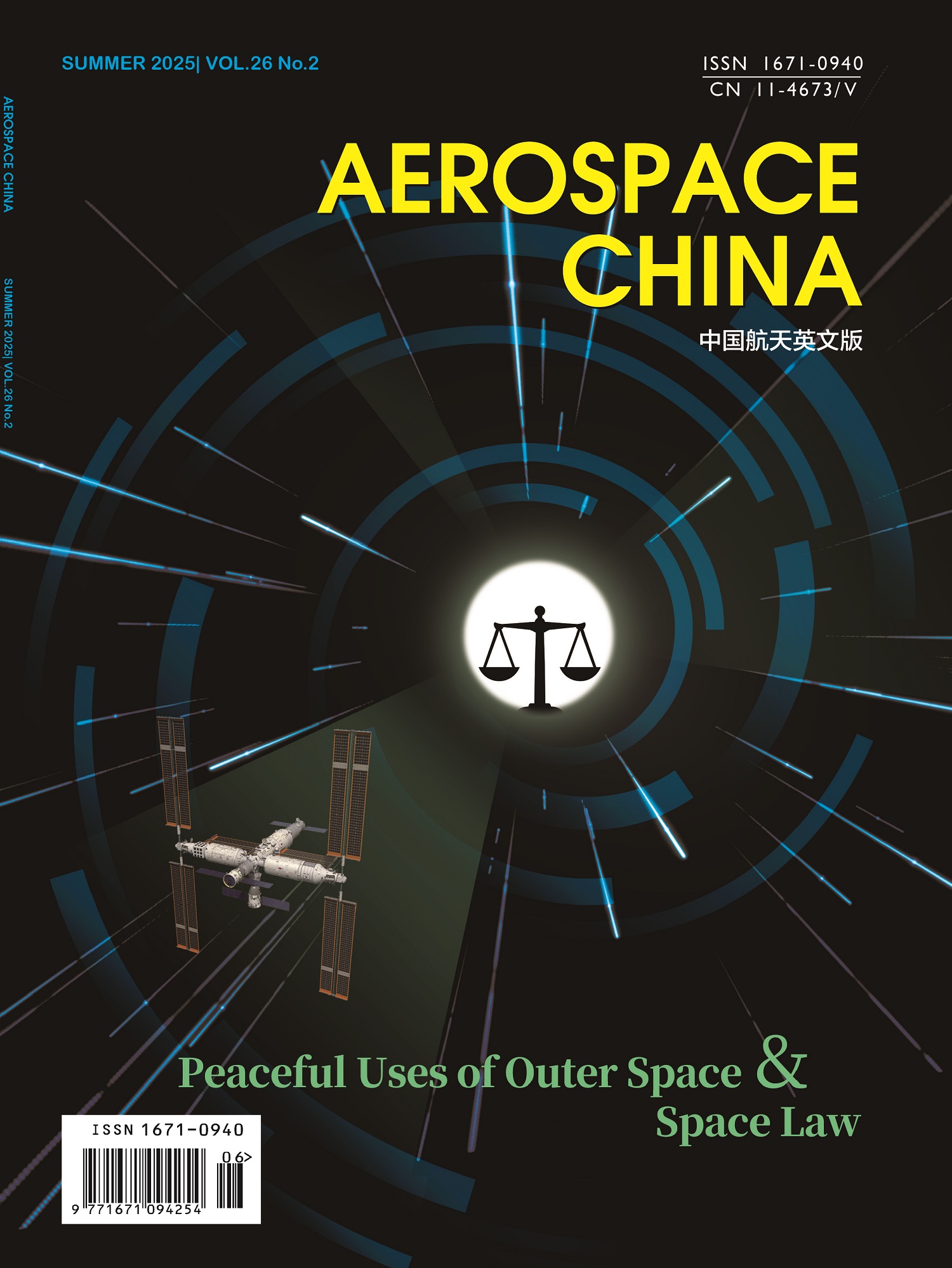Research on Offensive-Defensive Technology System and Key Technologies of Navigation Warfare
WANG Jian, FU Jing, LONG Ke, CHANG Xinuo, LIU Jiaxing
2025, 26(1):
9-13.
doi:10.3969/j.issn.1671-0940.2025.01.002
 Abstract
(
32 )
Abstract
(
32 )
 PDF (890KB)
(
1
)
References |
Related Articles |
Metrics
PDF (890KB)
(
1
)
References |
Related Articles |
Metrics
As the core information infrastructure of modern information warfare, the offensive and defensive confrontations of satellite navigation systems have given rise to navigation warfare, which focuses on seizing control of navigation resources. Based on the space segment, control segment, and user segment of satellite navigation systems, this paper systematically constructs an offensive-defensive technology system for navigation warfare, and deeply analyzes core measures such as signal enhancement and suppression, autonomous navigation and link jamming, anti-jamming reception, and integrated navigation. It extracts key technologies including adaptive nulling antennas, joint filtering, and multi-dimensional combined jamming, and discusses the technical effectiveness of these technologies by incorporating relevant cases. The advantages of navigation warfare stem from multi-segment coordination and technological integration. In the future, the development directions of navigation warfare will focus on three aspects: enhancing satellite capabilities, tackling core technical challenges, and building a multi-dimensional system.



